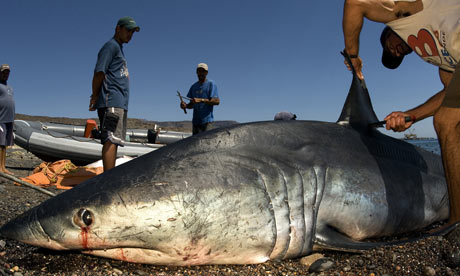Save the Frogs:
Due to the increasing deforestation of the Amazon, several species have become at risk of extinction. One of these species is the blue poison dart frog. These frogs are only found in very few areas of Southern Suriname, South America. The species is labeled “vulnerable” on the World Conservation Union’s red list of threatened species
Keepers at the Blue Planet Aquarium in Cheshire Oaks are ambitiously recreating an environment that will stimulate the frogs to breed at the aquarium with the help of heaters and water spray devices to replicate the rainy season. The hope in all of this is to increase the pattern of breeding among the blue dart frogs and raise the numbers of the species from endangered.
He added: “When the female lays the eggs, the male fertilizes them and it’s then left up to him to look after them until they hatch into tadpoles.”
The distinctive name of the blue poison dart frog derives from native tribe’s practice of using the toxin on the frog’s skin to lace their darts and arrows with the poison. Scientists confirm that the toxicity of the frog comes from the accumulation of the poisonous insects that they feed on.




